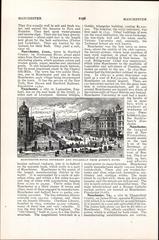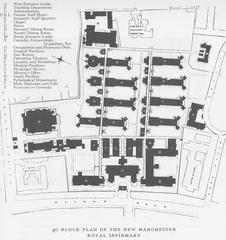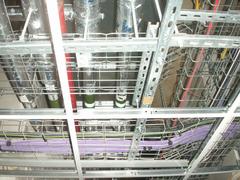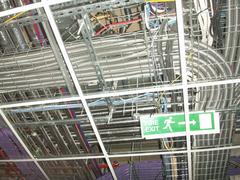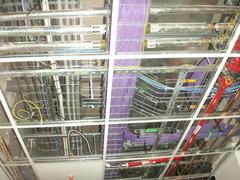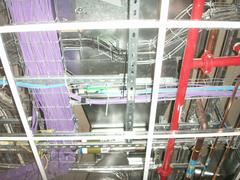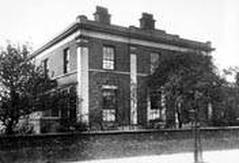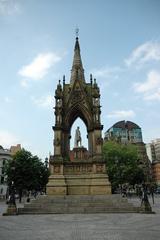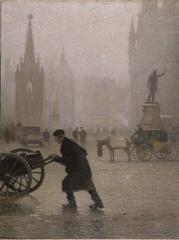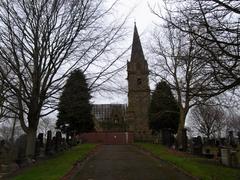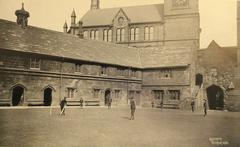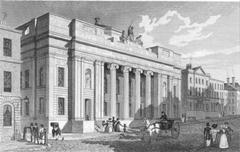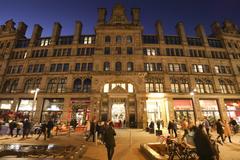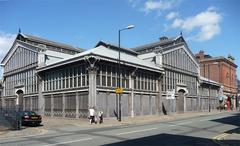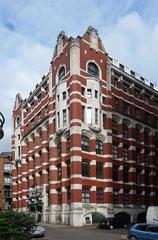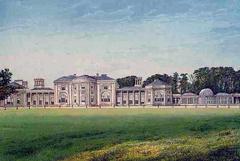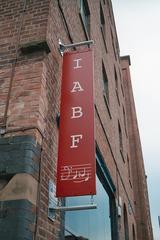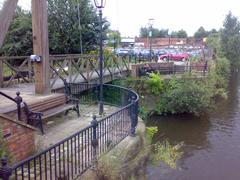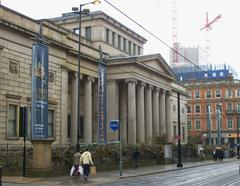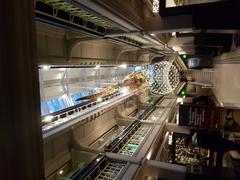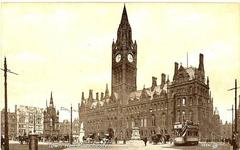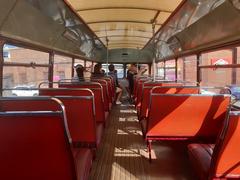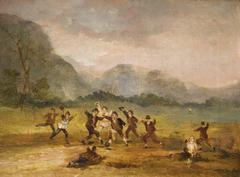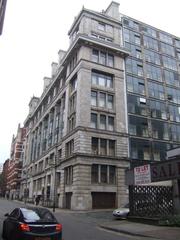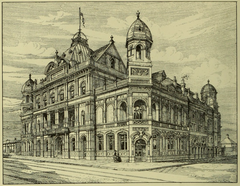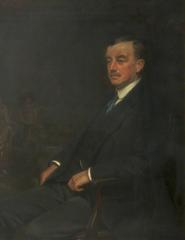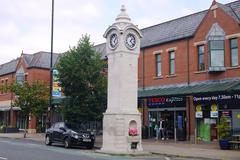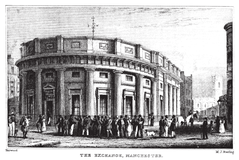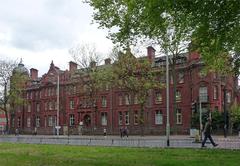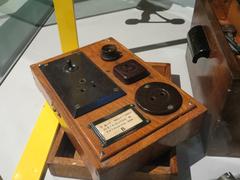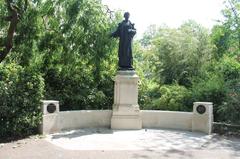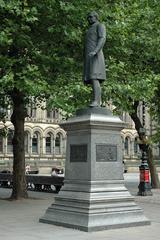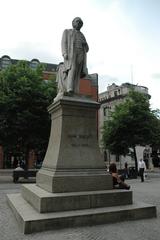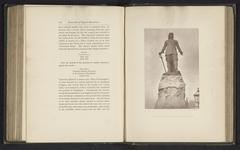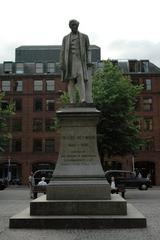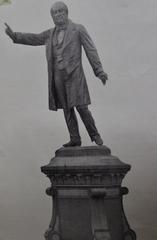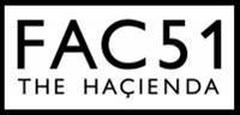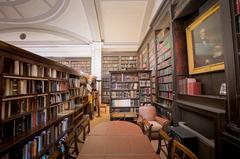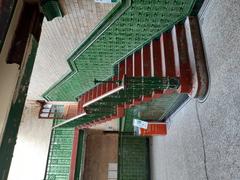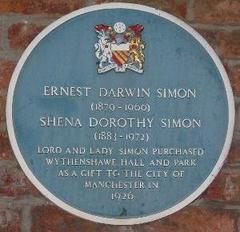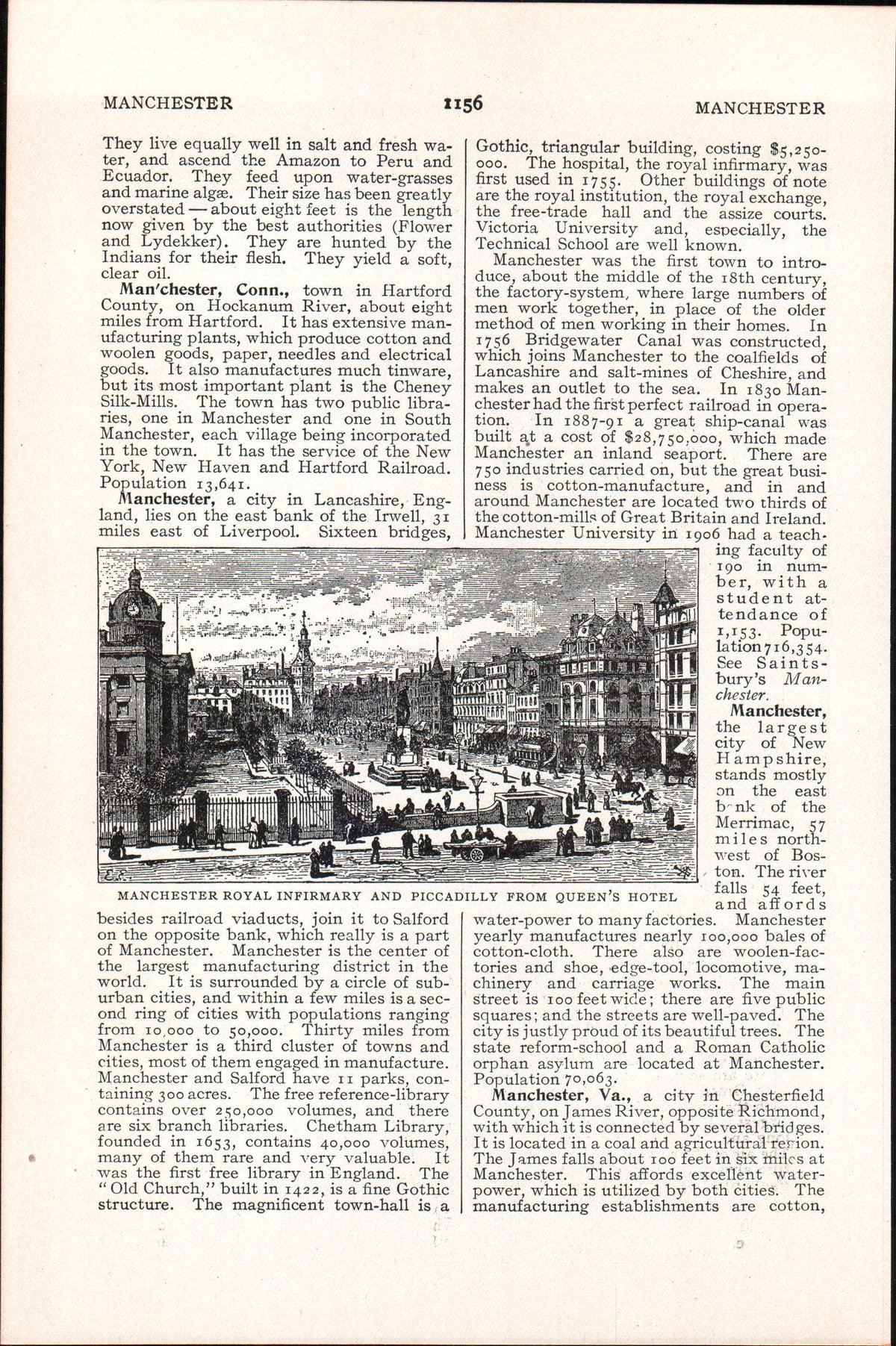
Manchester Royal Infirmary Visiting Hours, Tickets, and Historical Significance Guide
Date: 14/06/2025
Introduction
Manchester Royal Infirmary (MRI) stands as a pioneering healthcare institution and a significant architectural landmark in Manchester, United Kingdom. Established in 1752, MRI has evolved from a modest voluntary hospital into a leading NHS facility known for medical innovation, education, and community service. Located on Oxford Road within Manchester’s vibrant academic and cultural district, the hospital not only delivers advanced clinical care—including specialties such as kidney and pancreas transplantation, haematology, vascular surgery, and trauma care—but also reflects over two and a half centuries of medical and civic heritage (MFT NHS; Historic Hospitals).
This comprehensive guide provides essential information for anyone visiting Manchester Royal Infirmary: visiting hours, accessibility, parking and transport, safety, and recommendations for exploring nearby historical sites. While MRI is an active hospital and not a traditional tourist attraction (no tickets are required for general visitation), occasional special events and educational tours may be offered for those interested in its history and community role (Better Health 4; AccessAble).
Table of Contents
- History and Development
- Architectural and Cultural Significance
- Visiting Manchester Royal Infirmary
- Frequently Asked Questions (FAQ)
- Conclusion
- References
History and Development
Origins and Early Years (1752–1840s)
Founded as Manchester Infirmary in 1752, the hospital began with just 12 beds in Piccadilly Gardens, serving the city’s growing population as Manchester became the world’s first industrial city (MFT NHS; Science and Industry Museum). Its initial focus was on public health challenges such as overcrowding, poor sanitation, and industrial diseases. Charitable donations supported its early expansion, adding facilities like a lunatic asylum (1765) and public baths (1779–80), demonstrating a forward-thinking approach to both hygiene and mental health (Historic Hospitals).
Victorian Expansion and Medical Innovation (1840s–1900s)
The 19th century saw rapid expansion, with major rebuilding between 1846 and 1853 to accommodate a booming population and advances in medicine. Further extensions in the 1880s and a close partnership with the Manchester University Medical School established MRI as a leading teaching and research hospital (MFT NHS). During this era, MRI developed specialties in transplantation, haematology, vascular surgery, and trauma care, setting national standards for patient treatment (Historic Hospitals).
Relocation and Modernization (1900s–Present)
In 1909, MRI relocated to its current Oxford Road campus, purpose-built by architect E. T. Hall in the Greenwich Baroque style and officially opened by King Edward VII and Queen Alexandra (Historic Hospitals). The site’s pavilion plan maximized light and ventilation, and subsequent decades saw major expansions, including a nurses’ home (1928), new wards (1930s, 1990s), and modern critical care units (completed 2000–01) (MFT NHS).
Role in the NHS and Medical Breakthroughs
Joining the NHS in 1948, MRI continued its legacy of excellence, spearheading innovations such as:
- The UK’s largest home kidney dialysis programme
- Closed-loop insulin pumps for diabetes
- Early adoption of CAR T cell therapy for blood cancers (MFT NHS)
The Accident and Emergency Department remains one of the UK’s busiest, with approximately 145,000 patient visits annually (MFT NHS), and MRI is a leading site for clinical research in collaboration with the National Institute for Health and Care Research and the University of Manchester (Manchester CRF).
Recent Redevelopment and Future Vision
Major investments have modernized MRI for 21st-century healthcare:
- £25 million redevelopment of critical care facilities, adding 52 beds (MFT NHS)
- Expansion of the Emergency Department, new operating theatres, and infrastructure upgrades aligned with NHS net zero carbon goals (Mace Group)
- Adaptable mechanical and electrical systems for sustainability (Mace Group)
Architectural and Cultural Significance
MRI’s Oxford Road campus features a blend of early 20th-century Greenwich Baroque architecture and modern extensions. The design reflects the evolution of hospital architecture, prioritizing light, air, and patient comfort (Historic Hospitals). MRI is integral to Manchester’s identity as a city of innovation, resilience, and civic pride. Its proximity to the University of Manchester and Science and Industry Museum situates it at the heart of Manchester’s knowledge corridor, and it is regularly featured in documentaries and public health campaigns (MFT NHS).
Visiting Manchester Royal Infirmary: Practical Information
Location and Access
Address: Oxford Road, Manchester, M13 9WL (Manchester CRF)
MRI is well served by public transport, including numerous bus routes along Oxford Road. The Grafton Street Car Park provides on-site parking (AccessAble).
Visiting Hours
Visiting hours vary by department. Typical general visiting hours are 2:00 PM to 8:00 PM, though some wards (such as cardiac or intensive care units) may have more restricted times. Always confirm with the relevant ward or check the official hospital website before your visit (Better Health 4; SCTS).
Ticketing and Guided Tours
No tickets are required for hospital visits, as MRI is a functioning hospital. Occasionally, special events or educational tours may be available—check the hospital’s official website for updates.
Accessibility
MRI is fully accessible, offering step-free routes, wheelchair access, accessible toilets, and hearing support systems. Detailed access guides are available (AccessAble; MRIKPA).
Safety and Travel Tips
- Manchester Royal Infirmary is located in a busy city area—allow extra time for travel and parking.
- Remain aware of your surroundings and follow standard safety precautions (Guard Mark).
- Photography is generally not permitted to protect patient privacy.
- Security staff and CCTV are present on site.
Nearby Manchester Historical Sites and Attractions
MRI is within walking distance of several major attractions:
- Science and Industry Museum
- Manchester Art Gallery
- University of Manchester campus
These sites showcase Manchester’s rich heritage and are ideal for complementing your visit to MRI (Visit Manchester).
Frequently Asked Questions (FAQ)
Q: What are the visiting hours at Manchester Royal Infirmary?
A: General visiting hours are 2:00 PM to 8:00 PM, but please check with the specific ward or the hospital’s website for the latest information.
Q: Are tickets required to visit Manchester Royal Infirmary?
A: No, tickets are not required. Special events or tours may require advance registration.
Q: Is the hospital accessible for visitors with disabilities?
A: Yes, the hospital provides step-free access, wheelchair facilities, and accessible toilets.
Q: What transport options are available?
A: Multiple bus routes serve Oxford Road; the hospital is accessible from Manchester city centre and major train stations.
Q: Where can I park?
A: Grafton Street Car Park offers standard and disabled parking.
Q: Are children allowed to visit?
A: Policies vary by ward; some areas, like intensive care, may restrict child visitors.
Q: What attractions are nearby?
A: Science and Industry Museum, Manchester Art Gallery, and the University of Manchester are all close by.
Conclusion
Manchester Royal Infirmary is both a vital healthcare provider and a historical landmark, reflecting Manchester’s evolution as a city of innovation and community spirit. With origins in the 18th century and a legacy of medical breakthroughs, MRI continues to play a leading role in patient care, research, and education. Visitors can expect a well-organized, accessible experience, with the opportunity to explore Manchester’s broader cultural and historical offerings.
Stay up-to-date with visiting information by checking the official MRI visitor page, and consider downloading the Audiala app for guided tours, updates, and in-depth content on Manchester’s medical and architectural heritage.
Suggested visuals:
- Exterior photo of the Oxford Road entrance (alt text: “Manchester Royal Infirmary main entrance on Oxford Road”).
- Map showing the hospital’s location and nearby cultural attractions.
- Image of accessible hospital features (alt text: “Step-free and accessible entrance at Manchester Royal Infirmary”).
Internal links may be added to related articles on Manchester’s architectural history, NHS hospital guides, and travel tips.
References
- Manchester Royal Infirmary About, 2024, Manchester University NHS Foundation Trust (https://mft.nhs.uk/mri/about/)
- Historic Hospitals Survey, 2023, English Hospitals RCHME Survey (https://historic-hospitals.com/english-hospitals-rchme-survey/greater-manchester/)
- Science and Industry Museum Blog, 2023, Manchester Public Health History (https://blog.scienceandindustrymuseum.org.uk/manchester-public-health/)
- Better Health 4, 2024, Manchester Royal Infirmary Visitor Information (https://www.betterhealth4.org.uk/hospitals/manchester-royal-infirmary/)
- AccessAble Guide, 2024, Manchester Royal Infirmary Accessibility (https://www.accessable.co.uk/manchester-university-nhs-foundation-trust/manchester-royal-infirmary/access-guides/ward-9)
- Manchester Clinical Research Facility, 2024, Patient Information at MRI (https://manchestercrf.nihr.ac.uk/information-for-patients-and-public/patient-information-manchester-crf-at-mri/)
- Visit Manchester, 2024, Travel and Visitor Information (https://www.visitmanchester.com/)
